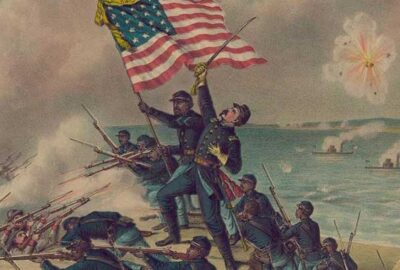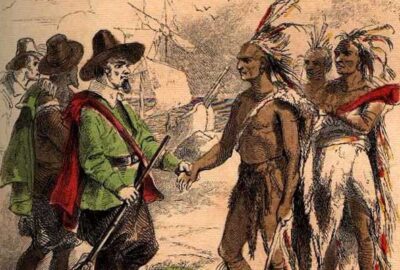The Declaration of Independence is a seminal document in the history of the United States. Drafted by Thomas Jefferson and adopted by the Continental Congress on July 4, 1776, the Declaration declared the 13 American colonies independent from British rule.
The Declaration was written at a time of great tension between the American colonies and the British government. The colonists were frustrated with the high taxes and other burdens imposed on them by the British, and they felt that their rights as citizens were being violated. The Declaration was an attempt to articulate the grievances of the colonists and to explain why they felt compelled to seek independence.
The Basic Rights of all Men
The Declaration begins with a preamble that states the purpose of the document. It then goes on to list the specific grievances of the colonists against the British government, including the denial of trial by jury, the Quartering Acts, and the Proclamation of 1763. The Declaration also asserts the basic rights of all men, including life, liberty, and the pursuit of happiness, and it argues that the British government had failed to uphold these rights.
What is the most famous part of the Declaration?
The most famous part of the Declaration is the second paragraph, which reads: “We hold these truths to be self-evident, that all men are created equal, that they are endowed by their Creator with certain unalienable Rights, that among these are Life, Liberty and the pursuit of Happiness.” This sentence became a rallying cry for the American Revolution and has been used as a model for declarations of independence throughout the world.
The Declaration of Independence was a bold and dramatic statement of American independence, and it has had a lasting impact on the nation and the world. It has become an iconic symbol of the American spirit, and it continues to inspire people around the world to fight for their rights and freedoms.
In conclusion, the Declaration of Independence is a document that remains relevant and inspiring to this day. Its message of liberty, equality, and human rights continues to resonate with people around the world, and its influence can be seen in countless declarations of independence and constitutions throughout the world.



